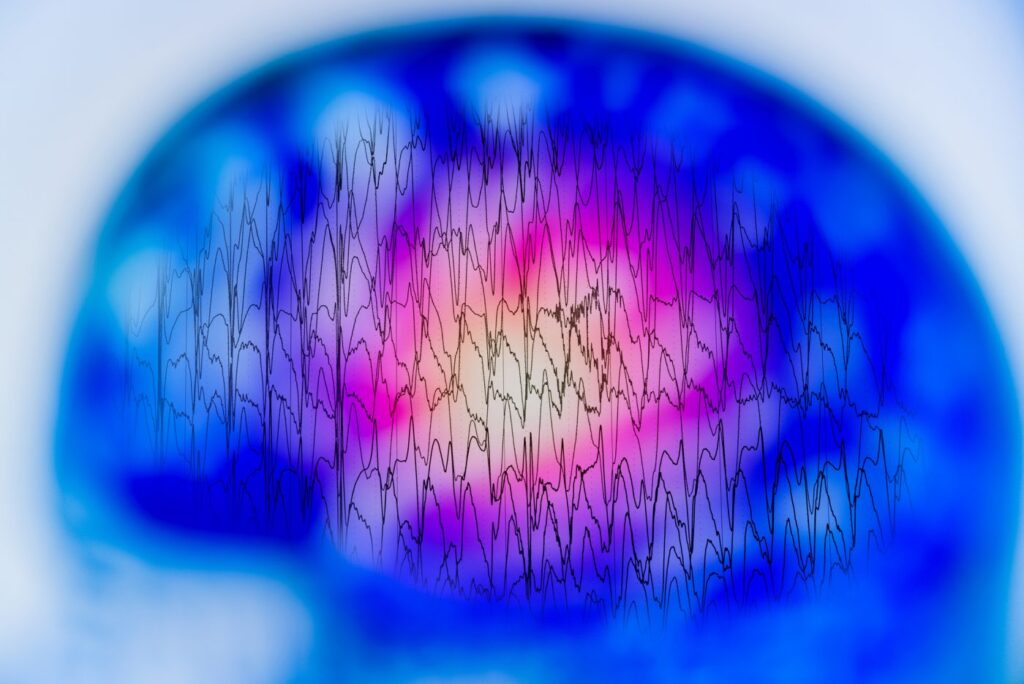An artificial intelligence tool developed by the Murdoch Children’s Research Institute (MCRI) and The Royal Children’s Hospital (RCH), Australia, can detect tiny, otherwise undetectable brain lesions in children with drug-resistant epilepsy, that could provide faster diagnosis, improved surgical planning, and better outcomes for young patients. Published in the journal Epilepsia, the technology combines MRI-based detection with positron emission tomography (PET) and AI to accurately detect bottom-of-sulcus dysplasia (BOSD), a form of focal cortical dysplasia (FCD).
“Identifying the cause early lets us tailor treatment options and helps neurosurgeons plan and navigate surgery,” said the study’s first author Emma Macdonald-Laurs, PhD, a pediatric neurologist at RCH. “With more accurate imaging, neurosurgeons can develop a safer surgical roadmap to avoid important blood vessels and brain regions that control speech, thinking, and movement and removing healthy brain tissue. Children also avoid the need to have to undergo invasive testing.”
BOSD lesions are often invisible on traditional MRI scans, with more than 60% missed at initial evaluation. FCD is a common cause of drug-resistant focal epilepsy in children and if it is detected, it can be treated surgically. Finding ways to more accurately detect BOSD is important as roughly 85% of patients diagnosed can be completed cured of epilepsy by surgery.
“The seizures usually start out of the blue during the preschool or early school years before escalating to multiple times a day,” Macdonald-Laurs said. “Epilepsy due to cortical dysplasia can, however, be improved or cured with epilepsy surgery if the abnormal brain tissue can be located and removed.”
For their research aimed at addressing the BOSD diagnostic gap, the researchers trained a neural network on multimodal imaging data including T1-weighted MRI, FLAIR MRI, and fluorodeoxyglucose positron emission tomography (FDG-PET), using imaging from 54 children diagnosed with BOSD. The team then tested the AI tool on 17 new pediatric cases at RCH and a separate cohort of 12 adults from a second hospital.
Cortical and subcortical hypometabolism observed on FDG-PET scans was found to be more reliable for distinguishing BOSD from healthy brain tissue than MRI features alone. In the test cohort of 17 children, the AI detector achieved a 94% detection rate when using combined MRI and PET imaging, with 88% of lesions detected in the top output cluster. Among these, 12 children underwent surgery and 11 became seizure free.
“Cortical dysplasias can be impossible for traditional MRI techniques to identify,” Macdonald-Laurs noted. “Failure to locate the abnormal tissue slows the pathway to a definitive diagnosis and may stop a child being referred for potentially curative epilepsy surgery.”
For their work, the team built on earlier research that had shown the potential of MRI-based automated lesion detection in epilepsy. However, few approaches had been tailored to BOSD or had incorporated FDG-PET. The MCRI team adapted existing machine-learning frameworks developed by the Multi-centre Epilepsy Lesion Detection group to account for BOSD-specific characteristics and included PET data for greater precision.
Dubbed “the AI epilepsy detective,” the new tool can identify lesions that are roughly the size of a blueberry. In their use of the tool, the researchers showed that 80% of cases had been previously missed by radiologists using routine MRI interpretation. In one instance, a five-year-old named Royal, was diagnosed and treated following AI-assisted imaging after standard scans failed to detect the lesion. “Without the assistance of the detector, it would have taken so much longer to achieve a diagnosis and Royal’s health would have continued to deteriorate,” Royal’s mother stated.
The researchers said that the information provided by their MRI+PET BOSD detector can result in flipping an “MRI-negative” patient into becoming “MRI-positive,” which has clinical implication that include identifying surgical candidates, avoiding or improving planning of intracranial EEG, while enabling targeted surgical resection or ablation.
“At our center, increasing use of the postprocessing methods and the MRI+PET BOSD detector have increase the rate of BOSD diagnosis and decreased duration from presentation to diagnosis,” the researchers wrote.
The researchers plan further work using the AI epilepsy detective including expanding testing of the tool in pediatric hospitals across Australia, pending additional funding.

